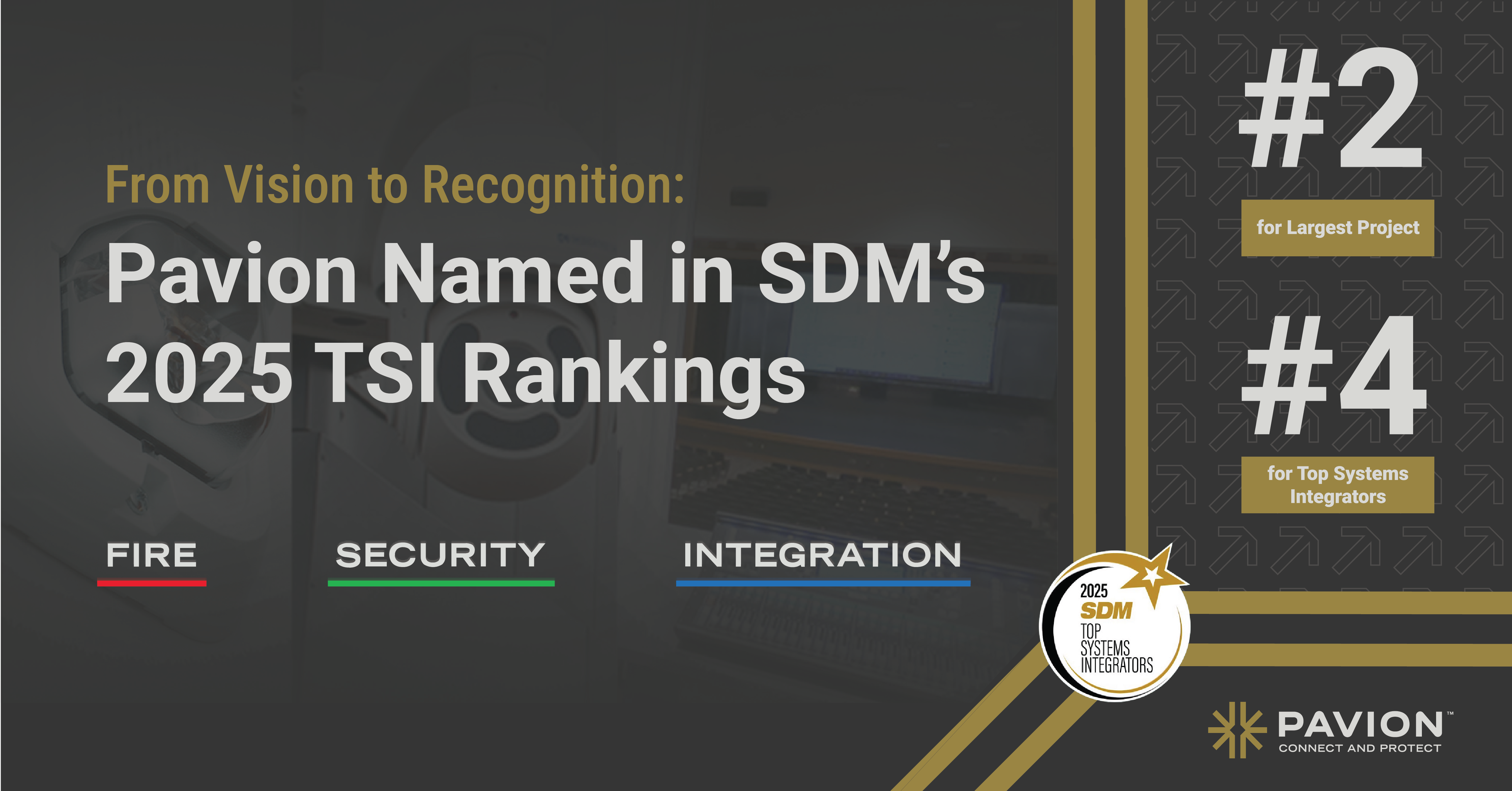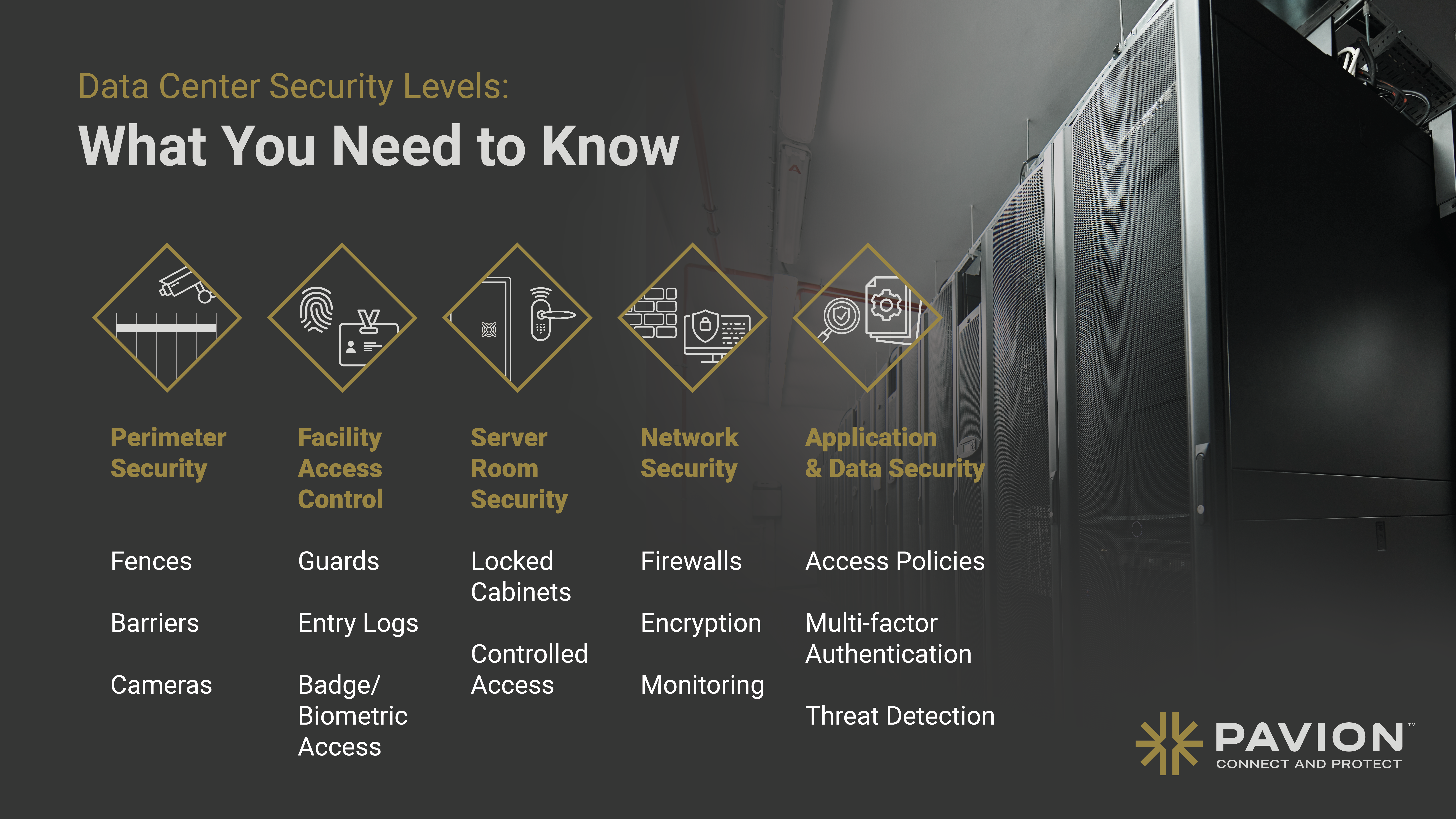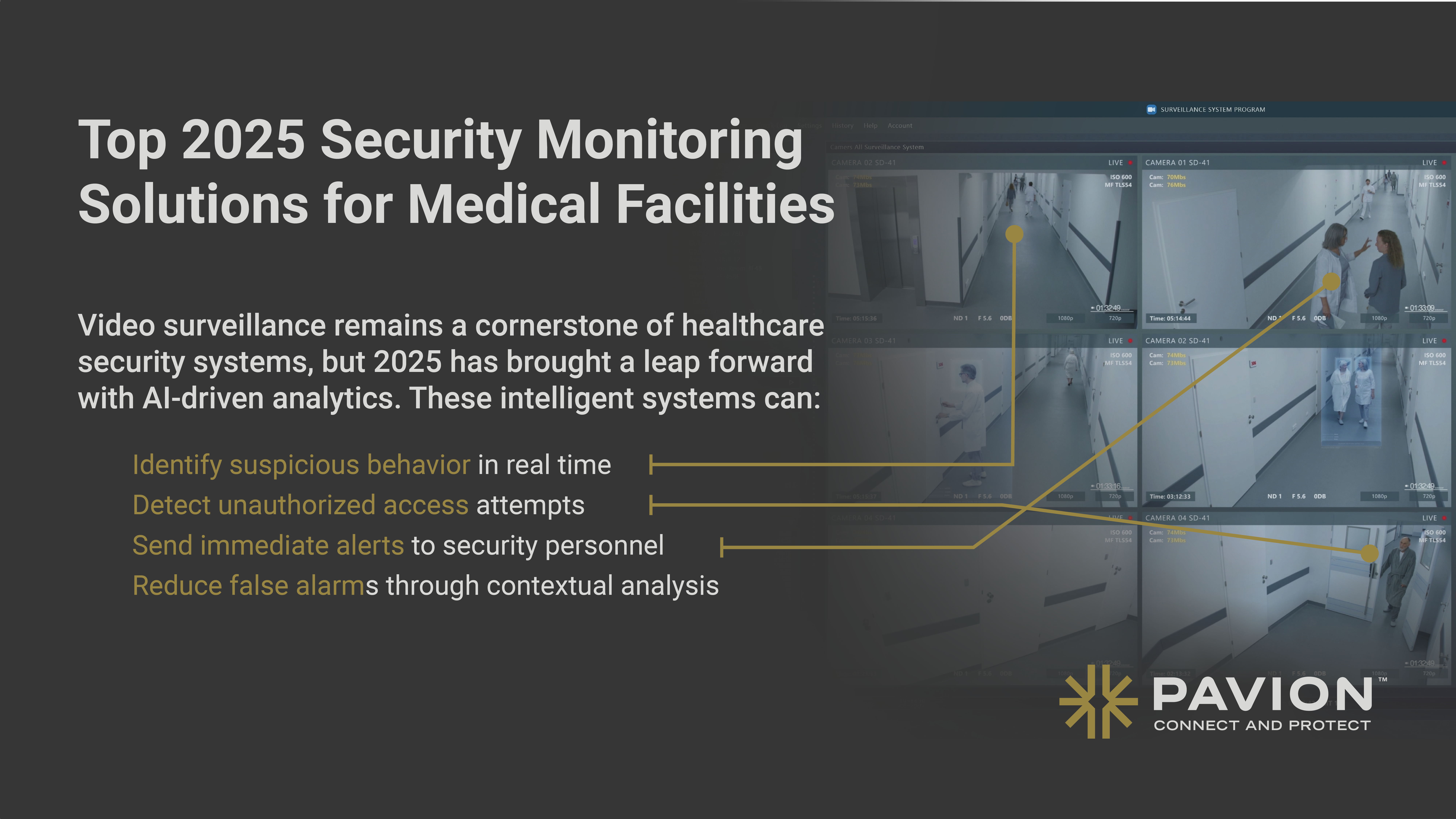
Innovations in Access Control Systems for Modern Businesses
Access control systems have become an essential aspect of modern businesses, providing a secure and efficient way to manage the access of employees and visitors to various areas within a company. With technological advancements and the increasing need for cybersecurity, access control systems have evolved to ensure enhanced security and convenience for businesses.
Understanding Modern Access Control Systems
Access control systems refer to the set of security measures that regulate and monitor access to physical spaces, equipment, and data within an organization. These systems play a crucial role in ensuring the safety and security of businesses in today’s highly digitized and interconnected world.
The Importance of Access Control Systems in Businesses
In today’s highly digitized and interconnected world, businesses face numerous security challenges. Unauthorized access to sensitive areas, data breaches, and workplace disruptions can have severe consequences. Access control systems address these concerns by ensuring that only authorized personnel are granted entry to restricted areas or sensitive data.
At Pavion, we specialize in providing cutting-edge access control systems that cater to the unique needs of modern businesses. Our solutions are designed to offer foolproof security, convenience, and scalability. With our advanced access control systems, businesses can have peace of mind knowing that their premises and data are protected.
Key Features of Modern Access Control Systems
Modern access control systems offer a range of features that enhance security and operational efficiency. These features are designed to meet the diverse needs of businesses in various industries.
- Identification Methods: Access control systems now incorporate various identification methods such as keycards, key fobs, biometrics, or mobile credentials. These methods provide secure and convenient access for employees. Biometric identification, for example, uses unique physical characteristics like fingerprints or facial recognition to verify an individual’s identity, ensuring that only authorized personnel can gain access.
- Centralized Management: Businesses can now have a centralized management system to efficiently control access and monitor activities. This enables real-time access control, streamlines administrative tasks, and simplifies reporting. With a centralized management system, businesses can easily grant or revoke access privileges, track employee movements, and generate detailed reports for compliance purposes.
- Integration Capabilities: Access control systems can integrate with other security systems such as CCTV, alarms, and visitor management software, providing a comprehensive security solution. By integrating these systems, businesses can have a unified security infrastructure that allows for seamless monitoring and response to potential security threats.
- Scalability: Modern access control systems are designed to accommodate the evolving needs of businesses. Whether you have a small office or a large enterprise, the system can be easily expanded or modified. This scalability ensures that businesses can adapt to growth or changes in their security requirements without having to invest in a completely new system.
With these key features, modern access control systems provide businesses with a robust and reliable security solution. By implementing these systems, businesses can effectively protect their assets, prevent unauthorized access, and maintain a secure working environment.
Technological Advancements in Access Control Systems
Technological advancements have revolutionized access control systems, making them more efficient, accurate, and user-friendly.
Access control systems play a crucial role in ensuring the security and safety of various establishments, ranging from office buildings and government facilities to residential complexes and educational institutions. With the rapid advancement of technology, these systems have undergone significant transformations, incorporating innovative features that enhance their effectiveness.
The Role of Biometrics in Access Control
Biometrics, a key technological advancement, has had a significant impact on access control systems. Instead of relying solely on traditional methods, biometric systems use unique physical or behavioral characteristics for identification. Fingerprint scanners, iris recognition, and hand geometry readers are now commonly used to ensure foolproof access control.
Biometric access control systems have numerous advantages over traditional methods. Firstly, they provide a higher level of security as biometric traits are unique to each individual, making it extremely difficult for unauthorized persons to gain access. Moreover, biometric systems eliminate the need for physical keys or access cards, reducing the risk of theft or unauthorized duplication.
Furthermore, biometric systems offer convenience and ease of use. Users no longer need to remember passwords or carry access cards; their biometric data serves as their identification. This not only saves time but also eliminates the hassle of misplaced or forgotten credentials.
The Impact of Artificial Intelligence and Machine Learning
Artificial Intelligence (AI) and Machine Learning (ML) have also made access control systems more sophisticated and efficient. By analyzing patterns and recognizing anomalies, AI-enhanced systems can detect potential security threats and take preventive action. Additionally, ML algorithms continuously learn and adapt, improving accuracy and reducing false positives or negatives.
AI-powered access control systems have the ability to detect suspicious behavior or unauthorized access attempts in real-time. For example, if an individual repeatedly tries to gain access to a restricted area without authorization, the system can alert security personnel or automatically lock down the area to prevent any potential threats.
Moreover, AI and ML technologies enable access control systems to adapt to changing circumstances. For instance, if a new employee joins an organization, the system can quickly learn their access privileges based on their role and grant them appropriate access rights without manual intervention. This not only streamlines the onboarding process but also enhances overall operational efficiency.
In conclusion, technological advancements have significantly transformed access control systems, making them more secure, efficient, and user-friendly. The integration of biometrics and AI/ML technologies has revolutionized the way access control is implemented, ensuring foolproof security while simplifying the user experience. As technology continues to evolve, access control systems will undoubtedly become even more advanced, providing enhanced security solutions for various industries and sectors.
The Future of Access Control Systems
Access control systems will continue to evolve as technology advances and businesses face new security challenges.
Predicted Trends in Access Control Technology
In the coming years, access control systems are expected to incorporate even more advanced technologies and features. Some of the predicted trends include:
- Mobile Access: Increasingly, businesses are leveraging smartphones as a means of access. Mobile credentials will become more common, eliminating the need for physical keycards or fobs.
- Cloud-Based Systems: Access control systems will likely move towards cloud-based solutions, offering greater flexibility, remote management, and scalability.
- Behavior Analytics: Utilizing AI and ML, access control systems will analyze user behavior and identify anomalies to detect potential threats.
The Role of Cybersecurity in Future Access Control Systems
With the increasing threat of cyber-attacks, cybersecurity will be a crucial consideration for future access control systems. Advanced encryption protocols, secure communication channels, and strict access control policies will be integrated to safeguard against data breaches and unauthorized access.
Choosing the Right Access Control System for Your Business
When selecting an access control system for your business, several factors need to be considered.
Factors to Consider When Selecting an Access Control System
It is important to assess your business’s specific needs, budget, and future scalability requirements. Consider the following factors:
- Security Needs: Evaluate the security level required for different areas within your organization.
- Integration: Ensure that the access control system can seamlessly integrate with your existing security infrastructure.
- User Convenience: Choose a system that provides a balance between strong security measures and user-friendliness.
- Scalability: Consider the future growth of your business and select a system that can accommodate expanding needs.
The Benefits of Customizable Access Control Systems
Customizable access control systems, such as those offered by Pavion, provide tailor-made solutions to meet the unique requirements of your business. Such systems allow flexibility in terms of access levels, user permissions, and administrative controls, ensuring maximum security without sacrificing convenience.
Implementing New Access Control Systems
Implementing a new access control system requires careful planning and execution.
Steps to Transition to a Modern Access Control System
Follow these steps to successfully transition to a modern access control system:
- Assessment: Evaluate your current access control infrastructure and identify areas that need improvement or upgrading.
- Requirement Gathering: Clearly define your business objectives and requirements for the new system.
- Design and Configuration: Work with experts to design a customized access control system and configure it according to your needs.
- Installation and Integration: Ensure seamless installation and integration of the new system with your existing infrastructure.
- Testing and Training: Thoroughly test the system and provide training to employees on its proper use.
Overcoming Challenges in Implementing New Access Control Systems
Implementing new access control systems may present challenges, but careful planning and partnering with experienced professionals can help overcome these obstacles. Common challenges include:
- Resistance to Change: Employees may be resistant to new systems. Proper communication and training can address this challenge.
- Integration Complexity: Integrating the new system with existing infrastructure can be complex, but working with experts will ensure a smooth process.
- Budget Constraints: Proper budgeting and prioritizing can help overcome budgetary constraints.
Pavion, with its expertise and experience in access control systems, can guide businesses through the entire process, from system selection to seamless implementation.
As businesses strive to enhance security, improve operational efficiency, and adapt to changing technological landscapes, innovative access control systems play a vital role. With Pavion’s specialized solutions, modern businesses can embrace the latest access control technologies and stay one step ahead in today’s dynamic business environment.
Secure Your Business’s Future with Pavion
Ready to elevate your business’s security with the latest in access control technology? Pavion is here to connect and protect your enterprise with tailored fire, security, and integration solutions. Our commitment to innovation and radical service ensures your safety, security, and communication needs are not just met, but transformed. Take the first step towards a more secure tomorrow and Get a Free System Assessment today.


